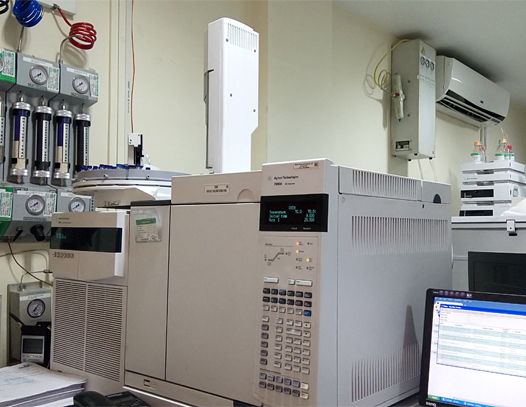HPLC and GC are popular chromatography techniques used in analytical and bioanalytical laboratories. Over the years, the advent of mass spectroscopy has significantly contributed to the development of hyphenated GC and HPLC methods. GC-MS and LC-MS have given researchers the ability to quickly and simultaneously separate and identify complex samples.
GC-MS is crucial in analyzing stable volatile compounds that can withstand high temperatures during separations. On the other hand, LC-MS analyzes compounds with lower volatility which are stable even on derivatization. Moreover, with the development of LC-MS/MS analysis, LC-MS labs are increasingly using them in clinical and non-clinical research. However, similar to any new systems, GC-MS and LC-MS method development will remain paramount.
Both GC-MS and LC-MS methods are advanced chromatographic systems that separate complex study samples. Once the sample fragments are ionized, researchers subject them to the MS unit before detection. Even though performing both GC-MS and LC-MS have challenges, they have unique differences. Hence understanding these differences is crucial before selecting an ideal technique for analysis. Let us explore the three key differences between the GC-MS and LC-MS methods.
Difference between LC-MS and GC-MS
Mobile phase
As the name suggests, both LC-MS and GC-MS have different mobile phases.
The mobile phase is the fundamental difference between LC-MS and GC-MS. HPLC uses a solvent mobile phase. The selection of the solvent used depends on the solubility, complexity, and polarity of the compounds in the sample.
Conversely, GC-MS uses an inert or unreactive gas as the mobile phase. In GC-MS, the detection method employed at the end of the process determines the mobile phase.
Separation technique
The interplay between sample compounds with the stationary and mobile phases determines how the compounds will separate in the HPLC method. The relation between the compound polarity with the stationary and mobile phases governs the sample separation. More polar components are rapidly attracted to the stationary phase. Hence, the greater the polar component, the faster is their movement through the column. Whereas the lesser the polar components, the slower their movement will be through the column.
On the other hand, in GC-MS, the separation depends on the volatility of each component of the sample mixture. Molecules that are more volatile move quickly through the column, whereas less volatile molecules take more time.
Cost
Cost is a crucial factor in any research endeavor. Comparatively, GC-MS is more cost-efficient than HPLC. This cost difference is predominant because most HPLC solvents are expensive. Also, purchasing gas containers compared to these solvents is cheaper. Moreover, buying the pressure pump in HPLC further adds to the total cost of an HPLC unit.
In addition, bioanalytical scientists can use gas generators and significantly reduce the overall GC-MS costs in the long run. This reduction is because costly storage and delivery are negated as gas generators ensure the carrier gas becomes available whenever needed.
The road ahead
GC-MS and LC-MS are two of the most influential tools bioanalytical scientists have at their disposal. However, identifying the experimental goals early during the research phase can help them select an ideal method for subsequent analysis.
Hi, I am Adam Smith, Admin Of TechSketcher, Creative blogger and Digital Marketer.
